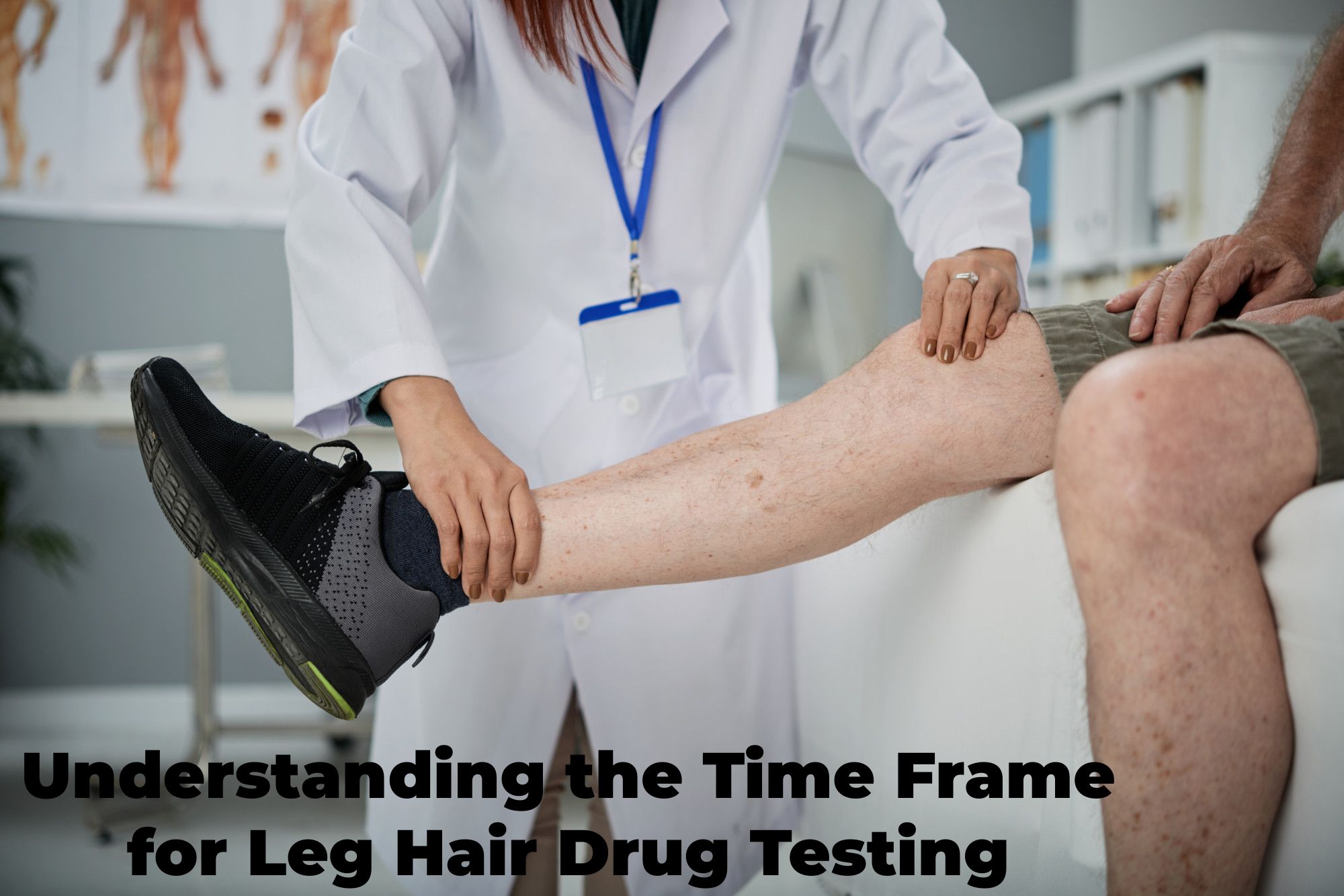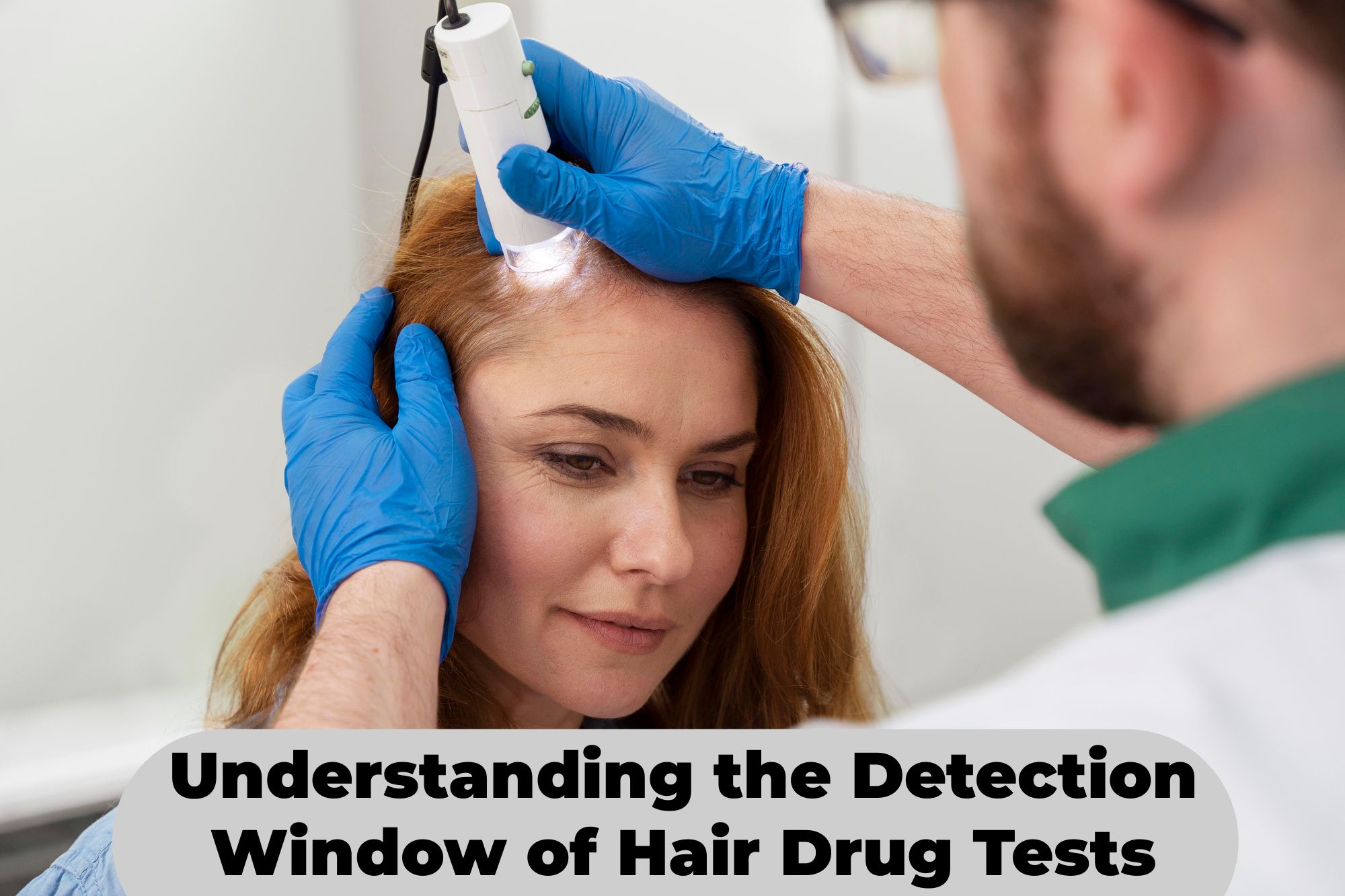How Far Back Does a Hair Follicle Test Detect Drugs?
Last Updated on July 4, 2023 by Lily
Hair follicle drug testing is a method used to detect the presence of drugs in an individual’s system. It is considered to be one of the most accurate and reliable drug testing methods, providing a longer detection window compared to other testing methods. In this article, we will explore the intricacies of hair follicle drug testing, including its detection times and how far back it can detect drugs.
Understanding Hair Follicle Drug Testing:
Hair follicle drug testing involves analyzing a small sample of hair taken from the scalp or any other part of the body. The test is based on the principle that when drugs are consumed, traces of these substances are transported through the bloodstream and ultimately deposited into the hair follicles. Over time, as hair grows, these drug metabolites become trapped in the hair shafts, providing a historical record of drug use.
Detection Times for Hair Follicle Drug Testing:
Hair follicle drug testing offers an extended detection window compared to other methods like urine or blood tests. While urine tests can typically detect drugs for a few days to a week and blood tests for up to 48 hours, hair follicle tests have a much longer detection window. This is because hair grows at an average rate of about half an inch per month, meaning that a 1.5-inch segment of hair could provide a three-month drug use history.
Typical detection times for hair follicle drug tests can vary depending on the drug in question. Here are some general guidelines:
Marijuana (THC): Hair follicle tests can detect marijuana use within the past 90 days. It is worth noting that occasional or one-time use may not be detectable, as the metabolites need time to accumulate in the hair shaft.
Cocaine: Hair follicle tests can detect cocaine use within the past 90 days.
Opiates: Hair follicle tests can detect various opioids, such as heroin, codeine, and morphine, within the past 90 days.
Amphetamines: Hair follicle tests can detect amphetamines, including drugs like methamphetamine and ecstasy (MDMA), within the past 90 days.
Benzodiazepines: Hair follicle tests can detect benzodiazepines, such as Valium and Xanax, within the past 90 days.
Factors Affecting Hair Follicle Drug Testing:
Several factors can affect the accuracy and reliability of hair follicle drug testing:
Hair Length: The length of the hair sample collected for testing is crucial. Generally, a minimum of 1.5 inches of hair closest to the scalp is needed for accurate results. If the hair is shorter than that, the detection window may be limited.
Drug Usage Patterns: Hair follicle tests can provide a cumulative drug use history. However, sporadic or occasional drug use may not yield positive results if the metabolites are not adequately distributed throughout the hair shaft.
Hair Color: Hair color can affect the detection of drugs in hair follicle tests to some extent. Darker hair tends to retain more drug metabolites compared to lighter hair colors.
Environmental Exposure: While hair follicle tests are designed to detect drug use, there is a possibility of external contamination or exposure to drugs. However, stringent laboratory procedures are in place to minimize the impact of external contamination on test results.
FAQs
How does a hair follicle drug test work?
A hair follicle drug test involves collecting a small sample of hair, typically from the scalp, and analyzing it for the presence of drug metabolites. The test detects drugs by examining the hair shaft, as drugs and their metabolites become trapped in the hair follicle and remain there as the hair grows. The sample is sent to a laboratory where it undergoes various processes, including washing, extraction, and screening using specialized techniques such as enzyme immunoassay and mass spectrometry.
How long does a hair follicle test go back?
Hair follicle tests have a detection window of approximately 90 days. This means that the test can detect drug use that occurred within the past three months. The length of hair needed for testing is typically 1.5 inches, which corresponds to approximately three months of hair growth. However, it’s worth noting that the test may not be able to detect sporadic or very recent drug use, as it takes time for drug metabolites to become incorporated into the hair shaft.
How far back does a DOT hair follicle test go?
The Department of Transportation (DOT) hair follicle test follows the same principles as a standard hair follicle test and has a detection window of approximately 90 days. It can detect drug use that occurred within the past three months. The DOT hair follicle test is often used for employees in safety-sensitive positions in transportation industries to ensure compliance with drug-free workplace policies.
How far back does a hair follicle test detect drugs?
Hair follicle tests can detect drug use that occurred within the past 90 days. This extended detection window is one of the advantages of hair follicle testing compared to other methods such as urine or blood tests, which have much shorter detection windows. The test provides a historical record of drug use as the hair grows, with each centimeter of hair representing approximately one month of drug use history.
How far back does a hair follicle detect weed?
Hair follicle tests can detect the use of marijuana (THC) within the past 90 days. As with other drugs, the detection window depends on the length of the hair sample collected, with each centimeter of hair representing approximately one month of drug use history. It’s important to note that occasional or one-time use of marijuana may not be detectable, as the metabolites need time to accumulate in the hair shaft.
How long does a hair follicle test show drugs?
Hair follicle tests can show the presence of drugs for approximately 90 days. This means that if an individual has used drugs within the past three months, the test is likely to detect their presence. The length of the hair sample collected for testing is crucial, as a minimum of 1.5 inches of hair closest to the scalp is typically required for accurate results.
How long can a hair follicle detect drugs?
Hair follicle tests can detect drugs for approximately 90 days. This detection window is significantly longer than that of urine or blood tests, which typically have detection windows of a few days to a week. Hair follicle tests provide a more comprehensive and historical view of drug use, as drugs and their metabolites become incorporated into the hair shaft as it grows.
How do hair follicle tests work?
Hair follicle tests work by analyzing a small sample of hair for the presence of drug metabolites. The test relies on the fact that when drugs are consumed, their metabolites circulate in the bloodstream and are eventually deposited into the hair follicles. As the hair grows, these drug metabolites become trapped in the hair shaft. The sample is collected from the scalp or another part of the body, typically 1.5 inches closest to the scalp, and sent to a laboratory for analysis using specialized techniques.
How long will a hair follicle test go back?
A hair follicle test can go back approximately 90 days. The test can detect drug use that occurred within the past three months, as each centimeter of hair represents approximately one month of drug use history. However, it’s important to note that the test may not be able to detect very recent drug use or sporadic use, as it takes time for drug metabolites to be incorporated into the hair shaft.
What does a hair follicle drug test detect?
A hair follicle drug test detects the presence of various drugs and their metabolites, including but not limited to marijuana (THC), cocaine, opioids (such as heroin and codeine), amphetamines (including methamphetamine), and benzodiazepines. The test provides a comprehensive view of an individual’s drug use history within the past 90 days, allowing for the detection of both recent and past drug use.
Conclusion:
Hair follicle drug testing is a highly accurate and reliable method for detecting drug use due to its extended detection window. This type of testing can provide a historical record of drug use over a period of up to 90 days, depending on the drug in question. It is important to consider various factors such as hair length, drug usage patterns, and hair color when interpreting the results of a hair follicle drug test. Understanding the capabilities and limitations of hair follicle testing can help individuals, employers, and organizations make informed decisions regarding drug use and compliance.



